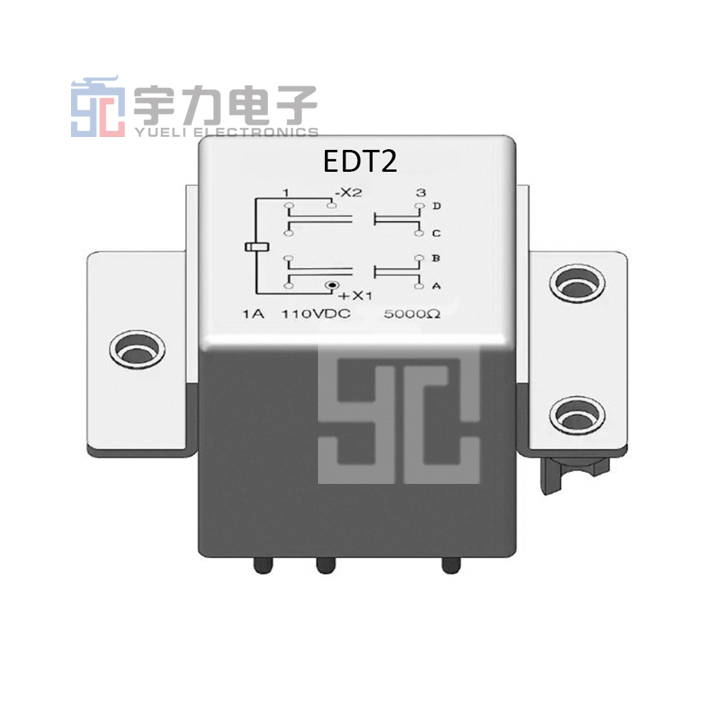Understanding Sealed Relays: Essential Insights for Electronics Professionals
2025-06-01

Sealed relays are a type of electromechanical switch that encapsulate their internal components within a protective housing. This design feature serves a crucial role in ensuring the relay's reliability and longevity, especially in environments where dust, moisture, or other contaminants could compromise performance. Understanding the mechanics and applications of sealed relays is essential for professionals working in the electronics field.
The primary function of a sealed relay is to control a high-power circuit using a low-power signal. This capability is vital in various applications, ranging from automotive systems to industrial automation. By utilizing a sealed relay, engineers can safeguard sensitive circuitry from potential damage caused by environmental factors, thus enhancing the overall durability and efficiency of their designs.
One of the key advantages of sealed relays is their ability to operate in extreme conditions. Their hermetically sealed construction allows them to withstand temperature fluctuations, humidity, and exposure to chemicals, making them ideal for use in harsh environments such as outdoor equipment, marine applications, and industrial machinery. This resilience reduces the likelihood of failure and decreases maintenance costs over time.
In addition to environmental protection, sealed relays also provide excellent electrical isolation. The encapsulated design ensures that stray currents cannot affect the relay's operation, delivering consistent performance and enhancing the safety of the overall system. This feature is particularly important in applications that require precise control and reliability, such as aerospace and medical devices.
When selecting a sealed relay, it’s crucial to consider various parameters, including coil voltage, contact ratings, and switching capacity. Understanding these specifications will help ensure that the relay meets the specific requirements of your application. Furthermore, attention to the relay's mechanical and electrical life span can significantly impact your project's success.
In conclusion, sealed relays play a pivotal role in modern electronics, offering reliability, durability, and versatility across various industries. Their unique design not only protects against environmental factors but also enhances safety and performance in complex systems. For electronics professionals, a thorough understanding of sealed relays can lead to better design choices and improved outcomes in their projects. Always remember to evaluate your specific needs and application environments when choosing the right sealed relay for your circuits.
The primary function of a sealed relay is to control a high-power circuit using a low-power signal. This capability is vital in various applications, ranging from automotive systems to industrial automation. By utilizing a sealed relay, engineers can safeguard sensitive circuitry from potential damage caused by environmental factors, thus enhancing the overall durability and efficiency of their designs.
One of the key advantages of sealed relays is their ability to operate in extreme conditions. Their hermetically sealed construction allows them to withstand temperature fluctuations, humidity, and exposure to chemicals, making them ideal for use in harsh environments such as outdoor equipment, marine applications, and industrial machinery. This resilience reduces the likelihood of failure and decreases maintenance costs over time.
In addition to environmental protection, sealed relays also provide excellent electrical isolation. The encapsulated design ensures that stray currents cannot affect the relay's operation, delivering consistent performance and enhancing the safety of the overall system. This feature is particularly important in applications that require precise control and reliability, such as aerospace and medical devices.
When selecting a sealed relay, it’s crucial to consider various parameters, including coil voltage, contact ratings, and switching capacity. Understanding these specifications will help ensure that the relay meets the specific requirements of your application. Furthermore, attention to the relay's mechanical and electrical life span can significantly impact your project's success.
In conclusion, sealed relays play a pivotal role in modern electronics, offering reliability, durability, and versatility across various industries. Their unique design not only protects against environmental factors but also enhances safety and performance in complex systems. For electronics professionals, a thorough understanding of sealed relays can lead to better design choices and improved outcomes in their projects. Always remember to evaluate your specific needs and application environments when choosing the right sealed relay for your circuits.


